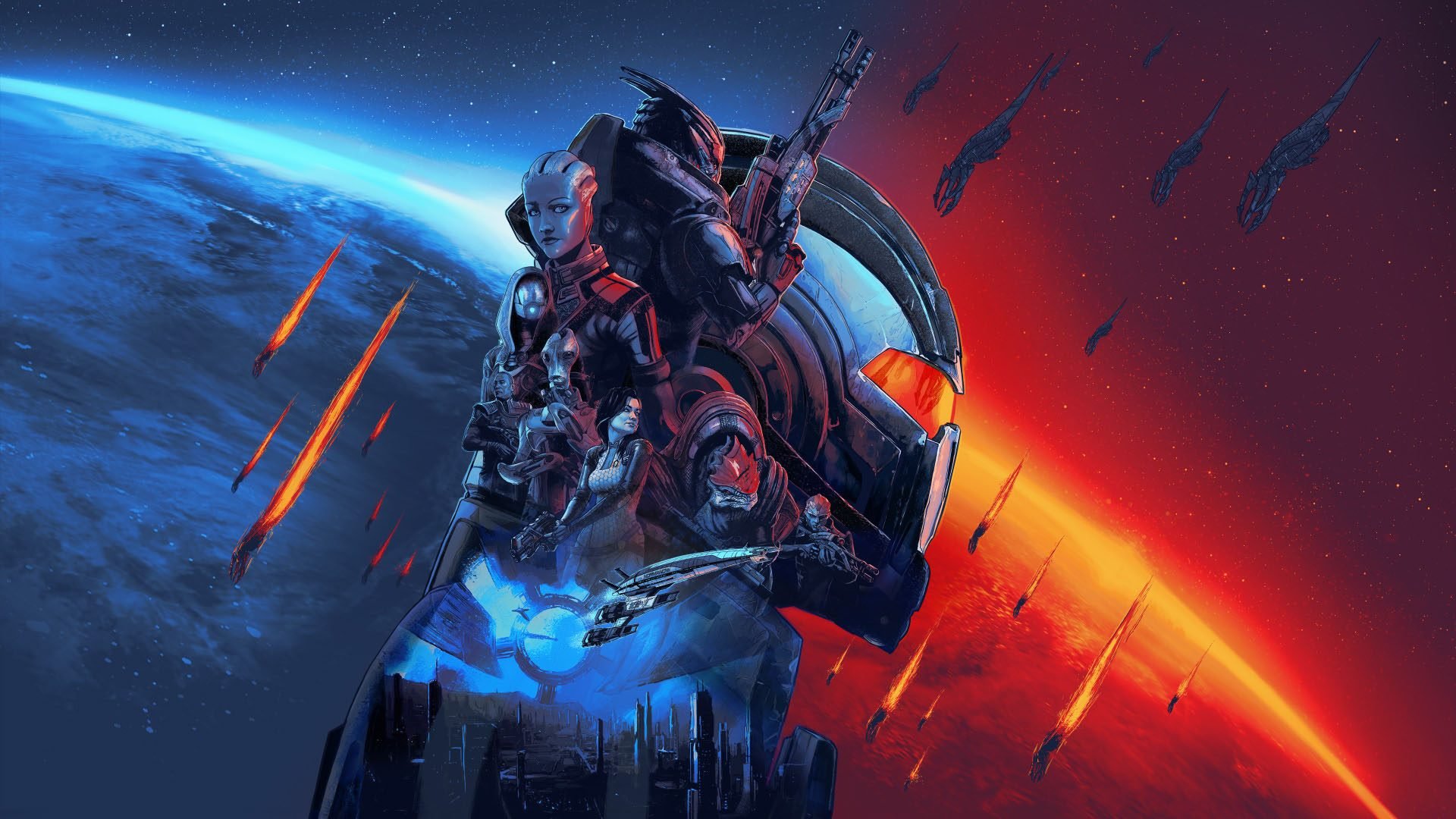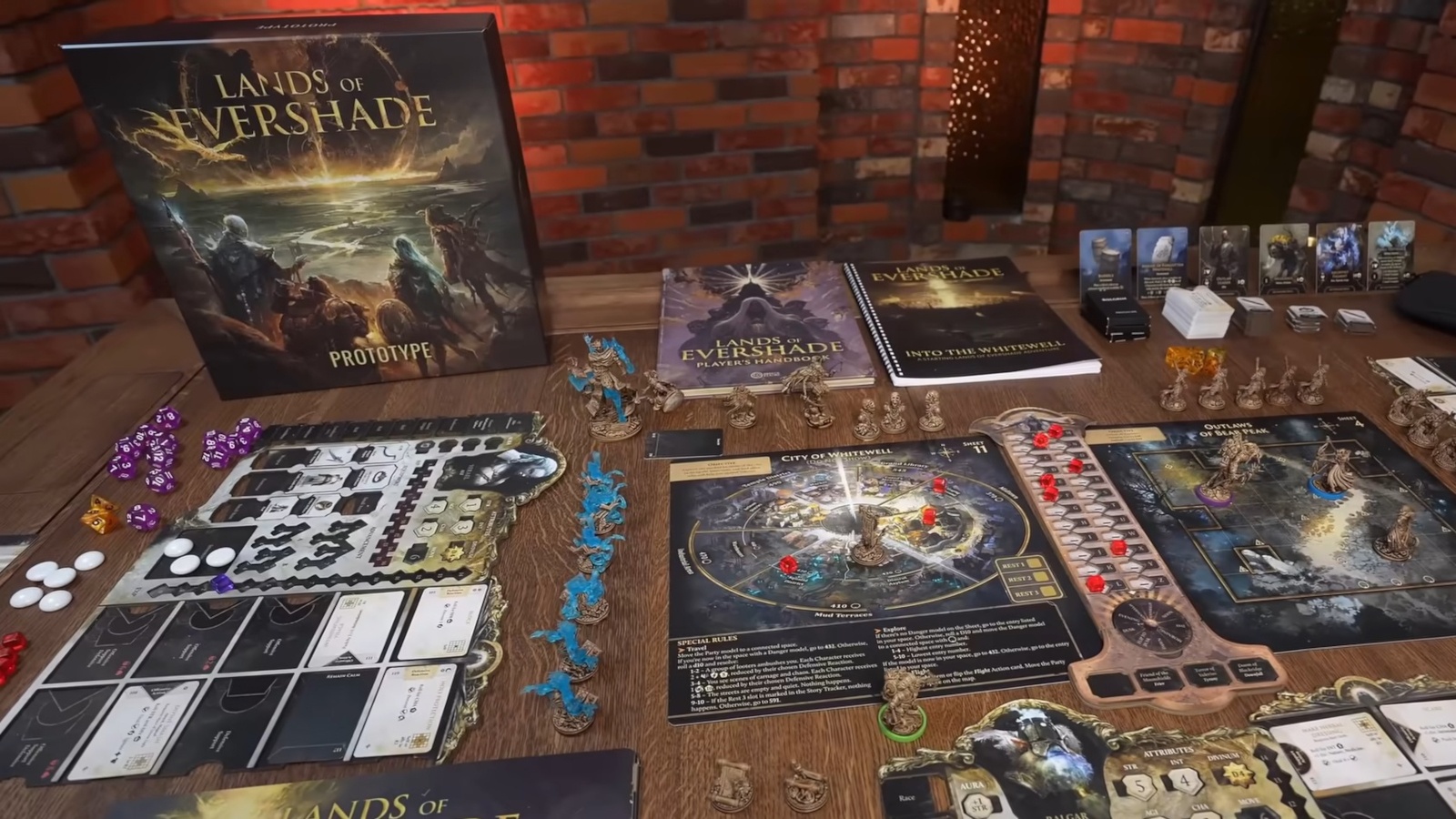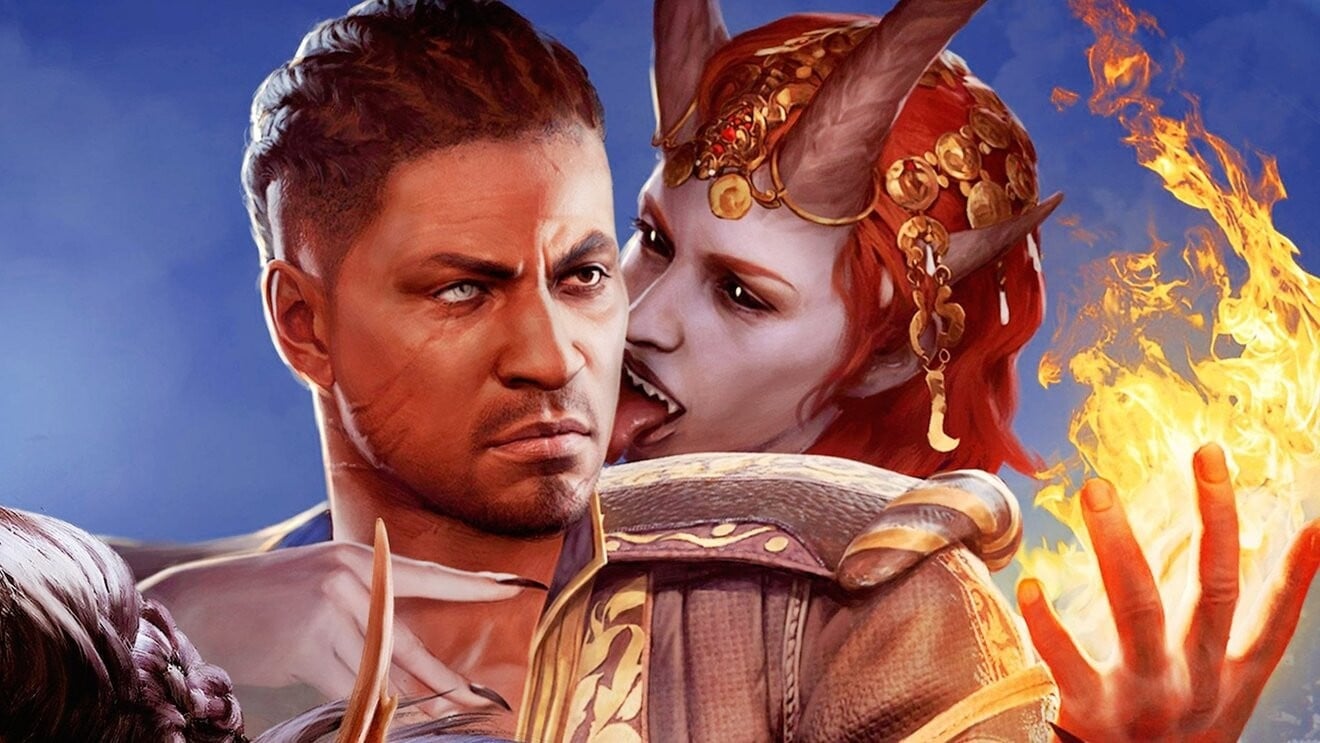Gaming News Play to make money, the future of video games in Play to Earn and NFTs?
If there’s one topic that has ignited the gaming community in the early part of 2022, it’s that of NFTs. As industry giants have shown their interest in blockchain, such as Take Two Interactive, Ubisoft, Square Enix or even SEGA, the player’s place has been questioned. What if tomorrow’s big adventure wasn’t about defeating a boss, but about making money by playing? To your wallets, citizens!
summary
- I told you about crypto
- The still badly oiled cogs of a new business model
- work is health?
I told you about crypto

Model of the future for some, huge deception for others, the blockchain and its possible applications in the world of video games have sparked heated debates within the various audiences. On paper, the promises to users are many. Among them is the decentralization that is leading to the emergence of a new business model: pay-to-earn. Play to win in our sweet language. But what exactly do you win? Cryptocurrencies like Bitcoin or Ethereum, namely 100% digital money not dependent on any bank, and NFTs that can be traded and resold in the form of virtual content of any kind (images, music, weapon skins, etc.). Play more to earn more is what Web3 brings to the table via apps like Gods Unchained, Splinterlands, Runiverse, My Neighbor Alice, and Pegaxy. The principle ? The player downloads a game for free, spends time on it and earns profits in return. Of course, like the classic free-to-play, microtransactions are there to improve your avatar, or rather to be more productive.
NFT ? Blockchain? quesaco?
An NFT is a so-called “non-fungible” cryptographic token that represents an authenticated digital asset. In other words, any digital content can receive a certification that makes it unique and therefore rare. This authentication occurs on the blockchain, a decentralized network that tracks exchanges by assigning a serial number to items that didn’t previously have one.
When we talk about play-to-earn, the Pokemon-like Axie Infinity immediately comes to mind. Very popular especially in developing countries like the Philippines where it has become a very real source of income for its users, the Sky Mavis software has caused a price explosion of the used cryptocurrencies as well as their NFTs. This decentralization, so called because it takes place outside the ecosystems of the industry giants Facebook, Google or even Amazon, actually promises an interdependence between the different parties, an interdependence that would allow the value to be distributed according to the participation of all. “It’s a different philosophy that takes the opposite view of what existssaid Nicolas Pouard, Strategic Innovation Lab Director at Ubisoft. In this sense, the blockchain and everything that derives from it (NFTs, play-to-earn, etc.) brings a paradigm shift. For the best or for the worst?


The still badly oiled cogs of a new business model

As with publicly traded companies, the prices of cryptocurrencies and NFTs fluctuate. Developers must overcome several issues related to the success of their creation and strike a good balance between the scarcity of NFTs and the need to provide new ones. “The creation, destruction, use of cryptocurrencies and NFTs must be in-game relevant. Developers need to find real use cases, not just ride the wave of NFTs with their game. This is to prevent the value of cryptocurrencies and NFTs from being seen in-game Game crashes” remember Cryptoast.fr. Anyone who says fluctuation says speculation. So getting involved with the blockchain is never trivial, especially when the entry point is a video game.. Most notably, play-to-earn has to contend with the ailing reputation of relying on financial pyramid schemes (Ponzi schemes that reward investors with money from new entrants).
Axie Infinity has seen active players drop from 20,000 to 2 million in just a few months. Recently, Sorare (soccer card game) raised $680 million while Forte (crypto gaming startup) raised $750 million. As soon as a new system proves itself and leads to a resounding success, various players want their piece of the pie. That’s why we saw industry giants expressing interest in NFTs earlier this year. But the players were able to make their dissatisfaction heard. In the game design world, this business model has been greeted with a certain lukewarmness.. Artists continue to believe that NFTs force people to think about collectible games (cards, creatures, etc.), which isn’t for everyone. In late January 2022, a Game Developers Conference report showed that 71% of developers had no interest in blockchain and its applications.

work is health?

While successful play-to-earn games are relatively rare today, that doesn’t mean the model is doomed. Observers agree that we could see a rise as major studios start tweaking its mechanics. Who knows, maybe in the more or less distant future mining in Minecraft will bring money, digging up an extremely rare legendary weapon in World of Warcraft will be worth a small jackpot, and completing quests in Genshin Impact will be rewarded with cryptocurrency? It would still be necessary for the major groups to take the plunge, which no longer seems relevant if we rely on the latest statements of the sector. However, recently Microsoft invest to Wemade, a Korean developer specializing in blockchain, and that FIFA sees the future of official matches on the Web3.
interoperability?
Projects like The Sandbox or Decentraland are exploring concepts related to the so-called interoperability, that other promise shown by the blockchain to be able to transfer an item earned from one game to another game. It’s not tomorrow the day before that a costume purchased in Assassin’s Creed can be worn in GTA or Call of Duty. This would require technological and economic agreements between the various developers/publishers. Nothing is impossible, especially in a period of market consolidation, but doubts are justified.
It is also possible to help game developers by completing a series of tasks (like designing puzzles, quizzes, etc.) and then receiving a financial reward (in the form of crypto or NFTs).. Furthermore, the wishes of Metaverse expressed by Facebook and other giants correspond well with this vision of a player who “work” in “have fun‘ and collect some prizes along the way. Even that would sound terrifying, raising several questions ranging from a possible addiction to a game for a living to the disappearance of the playful aspect of a medium born out of a desire to entertain. As I’m sure you understood, play-to-earn raises ethical issues that the major video game publishers may not want to resolve against all odds.

Play-to-earn is currently facing a major problem in the video game world. Conceived by merchants to make money rather than experienced game designers, they turn gaming into a device that’s more restrictive than fun, and based on nebulous financial plans. Which contradicts the origins of the media. With the industry’s biggest names publicly professing disinterest as gamers have vociferously expressed their opposition to NFTs, there’s no sign that play-to-earn will be tomorrow’s business model, even if startups are betting on it that it would succeed in the cryptosphere. This will change as the masses, the very people who embraced microtransactions in the past, embrace blockchain in the future.








